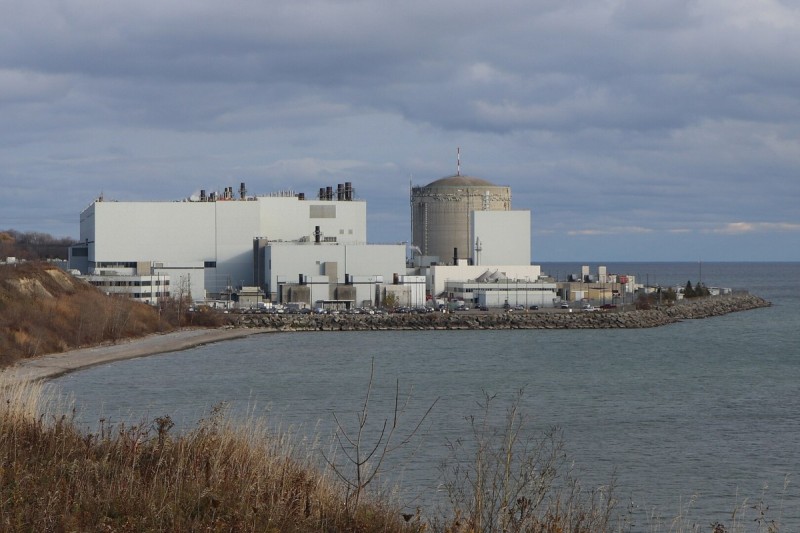Ontario released its much anticipated climate action plan, and the reviews are in. There are accolades and constructive criticisms.
A particularly scathing criticism came from a Globe and Mail editorial that suggests the government could have “simply brought in a carbon price and stopped there.” The Globe claims that price signals could have done the job and left more up to “individual choice,” while achieving emissions reductions at minimum cost. This is a policy based on a narrow and ultra-orthodox reading of neoclassical economics, and it is good that Ontario did not limit itself to carbon pricing.
The Globe does not mention the political constraints of meaningful carbon pricing. The Ontario cap and trade system is estimated to result in carbon prices of about $18/tonne, while much higher carbon pricing (well over $100/tonne) are likely needed to reach Ontario’s long-term climate goals. To ever reach that level of carbon pricing there needs to be political calls to lower the emissions cap and increase the price. Yet carbon pricing is particularly bad at creating supportive political coalitions because the benefits are widely diffused across the population, while the powerful groups that bear costs mobilize against the policy.
One way to create political coalitions for more ambitious climate action is to implement policies more targeted towards specific sectors and technologies because they create clear benefits for climate-friendly coalitions capable of mobilizing politically. The contradiction in the Globe’s advocacy for leaving everything up to the market is that the carbon market is a political creation, and thus requires us to think about how to create positive feedbacks between politics and the management of the carbon market.
Furthermore, carbon pricing alone will not create a low carbon transition. If the goal was to only reduce emissions by a small amount, then it might make sense to restrict policy towards achieving the most “cost-effective” reductions. Given the need to reach deep emission reductions, a policy overly focused on cheap and easy reductions could prevent us from achieving the final goal, either because we won’t have enough time to develop new innovations or because the initial reductions will be achieved in a way that excludes the new technologies and practices needed to reach the final block of reductions. For instance, we could reduce emissions a little bit with natural gas, but need to be wary of locking ourselves into a natural gas infrastructure.
Thus there is a need to explore emission reduction possibilities in a variety of sectors, including sectors such as transportation where long-term structural changes are required. Pricing strategies are also insufficient because even cost competitive low-carbon technologies are prevented from making their full contribution because of structural barriers such as regulatory rules, legacy infrastructures, and undeveloped complementary technologies (e.g. renewables require grids that are flexible, with rules that facilitate interconnection). Policies that ignore the question of how structural environments need to be changed to incorporate low-carbon technologies will not be successful.
The Globe and Mail implies that carbon pricing without any complementary policies would maximize individual choice. The non-carbon pricing policies are actually needed to expand an individual’s options to avoid carbon costs by expanding access to low-carbon services such as bike lanes, public transit, and energy retrofits; and by informing consumers through policies such as home energy labelling.
Of course, transitioning to a low-carbon economy is a societal choice and not an individual one. Society must decide whether to have a polluting economy or one based on clean energy. Citizens might choose a clean energy future based on a different collection of technologies and practices than those that would be picked by market mechanisms for reasons such as the reduction of risks, social equity, and the creation of livable communities. These societal decisions require deliberations on the implications of particular physical technologies and organizational systems, and cannot be surrendered to letting the market pick.
For Ontario to meet its goal of transitioning towards a decarbonized society it needs a carbon price alongside more technology and sector specific policies. There are still some unanswered questions regarding how Ontario will ensure these latter policies are comprehensive and effective. For instance, it appears that the Green Bank is going to do everything from technology development to energy efficiency programs. It is unclear if one organization can develop a consistent mission and the required sector-specific competencies, while engaging with non-governmental partners to facilitate knowledge sharing.
In addition, the renewable energy sector seems to be left hanging, and further contributions from renewables will surely be needed to achieve deep reductions. It makes sense for Ontario to implement a strategy focused on maintaining the renewable energy capabilities built up because of previous climate policies. Finally, the plan to fund energy efficiency through carbon price revenues introduces questions of whether efficiency will be empowered to displace energy supply options in electricity system planning.
The sooner we dispel ourselves from the myth that the market alone will solve the climate change problem, the sooner we can start to ensure more technology and sector specific policy approaches are implemented effectively and democratically.





